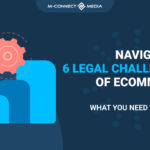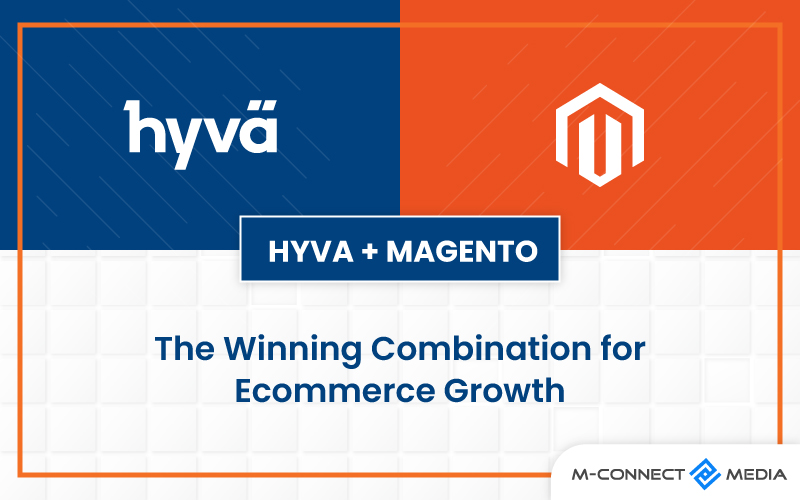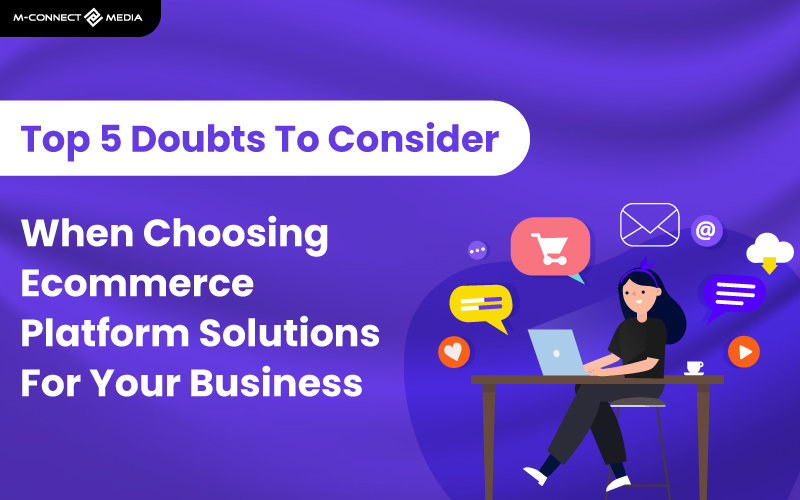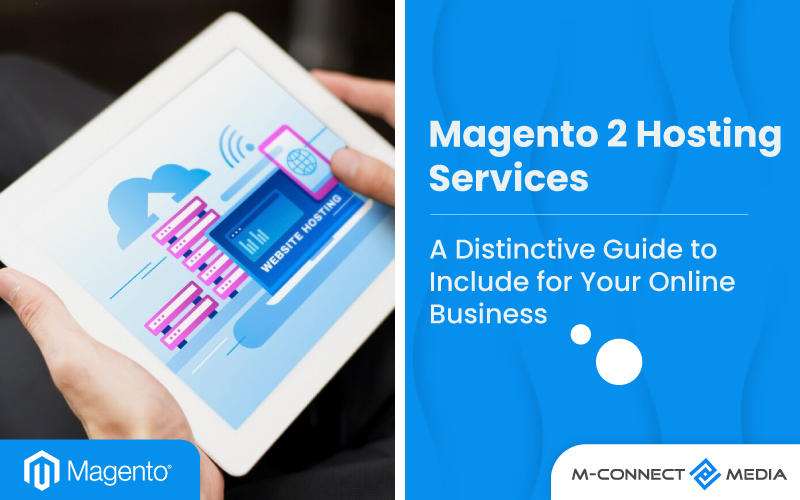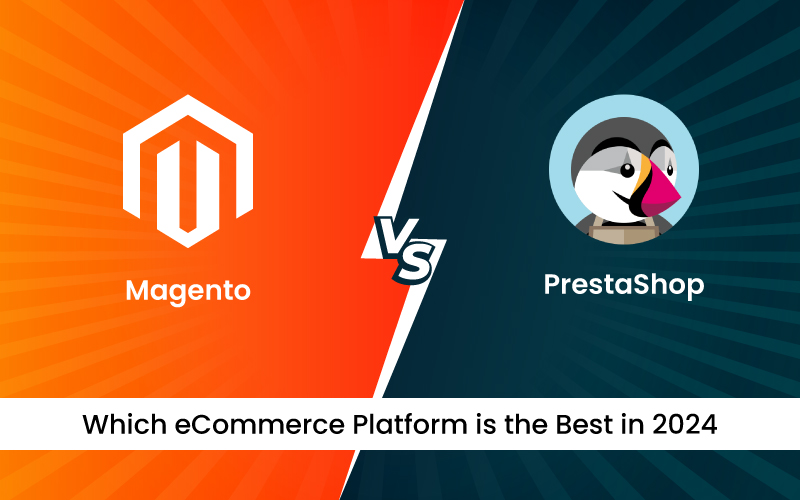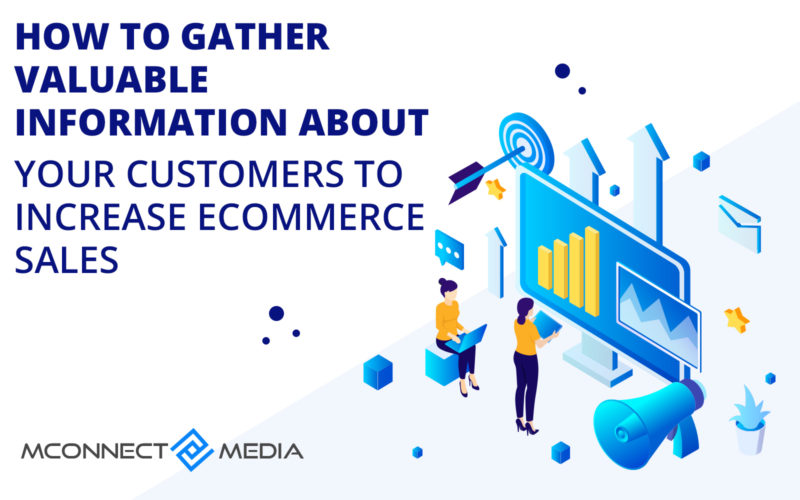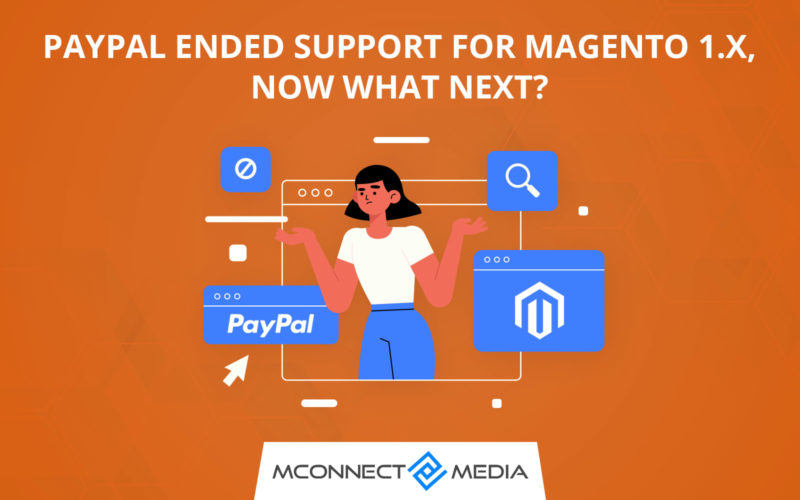The e-commerce sector is flourishing because most customers appreciate the ease and accessibility it provides. More than 75% of buyers globally prefer to purchase online rather than at a physical store.
The e-commerce market is becoming more competitive as the number of e-commerce businesses grows. A successful e-commerce business is user-friendly, gives customer pleasure, and effectively markets to the correct audience.
Every business wants a website that loads quickly, looks great, makes a lot of sales, and delivers overall customer happiness. In this article, here is a list of essential features that your e-commerce website must have to be Successful eCommerce Websites.
What Do Consumers Expect From Ecommerce Websites?
The eCommerce sector is one of the most competitive online business markets. In this competitive online market, businesses may need help attracting customers while providing an excellent user experience.
The customer experience is critical in any online buying scenario. Shopping patterns dictate these experiences, and if you’re concerned about the bottom line, there are a few ground rules to follow:
- From landing on your homepage to making the final purchase, the online buying experience should be easy and intuitive.
- A very appealing ecommerce website design.
- A personalized experience.
In general, the above three elements summarize what buyers desire from an ecommerce site.
An interesting and attractive website will enhance your dwell time metrics, which means customers will stay to browse and make a purchase, and ecommerce conversion rate will rise.
Also Read: Future of E-commerce with Magento Open Source: What to Expect
8 Features Must-Have For a Successful Ecommerce Website
Essential e-commerce website features are stated in a website requirements document during the planning stage of an ecommerce project. But which eCommerce features are most important for the success of your website, and which eCommerce systems might best help you achieve your goals.
The top-rated features of a successful e-commerce website are as follows.
1. User-Friendly Navigation
The key to assisting clients in rapidly finding the things they want is to provide a user-friendly navigation system. A clear navigation bar improves the UX of your site and is required for all pages. Use top ecommerce UX techniques on e-commerce website.
Make the User-Friendly experience a priority by:
- Making a clear, high-quality homepage.
- Including product search bar.
- On the navigation bar, clearly list category pages.
- Concentrating on developing a responsive website.
2. Mobile-Friendly Design
Ecommerce customers are increasingly relying on mobile devices in today’s marketplace. More than 45% of customers shop using their mobile devices. As a result, an e-commerce website must be mobile-friendly and adaptable to adjust to any device’s screen size.
Moreover, because most customers prefer to explore online stores on phones, adding mobile optimization in the ecommerce website design is critical. Making your e-commerce website mobile-friendly can boost traffic and conversion rates!
3. Multiple Secure Payment Options
A simple checkout and payment procedure is vital to an e-commerce site. Stores should accept online banking, e-wallets, intelligent cards, cash on delivery, and credit and debit cards. Allowing numerous payment methods helps simplify the checkout process.
The payment option is the crucial ecommerce website features. A trustworthy ecommerce store should have a secure payment gateway, such as PayPal, Stripe, Apple Pay or Braintree. Moreover, your clients should be able to choose from different payment channels based on preferences.
4. Customer Support
Customer experience and pleasure are highly valued in the e-commerce sector. As a result, an e-commerce business must provide excellent customer care that is available 24 hours a day, seven days a week.
Businesses can continue building closer relationships with customers by making themselves available for all types of interactions and providing all necessary information.
E-commerce businesses may now utilize AI-driven chatbots for customer care thanks to technological advances. Chatbots are incredibly responsive, decrease wait time, and rapidly answer repeated client issues.
5. Multilevel Data Security
Data security should be a significant priority when clients send sensitive information like credit cards and other payment details. A powerful firewall and numerous security layers for crucial places such as checkout, dashboard, and shopping cart should be included in addition to an SSL certificate and PCI compliance.
Businesses may keep unauthorized users from websites by employing the necessary security measures. The companies may display security certificates and secure payment reminders, relieving buyers’ fears about purchasing from the e-commerce company.
6. Product Reviews & Ratings From Customers
Product reviews and ratings are the most common type of user-generated content seen on ecommerce sites. This element of an ecommerce product page is critical for giving customers social proof that a product will meet their needs.
Most online buyers rely on their decision to buy a product based on other customers’ ratings and reviews. The review procedure should be simple and question-based to encourage customers to submit feedback on their purchased items.
7. Images and Videos in High Definition
The visual aspects of the website are the first thing that consumers notice. As a result, the quality of your website’s images and videos may significantly impact a customer’s initial impression of the business, with 93% of online purchasers believing that visual appeal is a critical deciding element in a purchasing choice.
Product images and videos are one of, if not the most, crucial components of your website. Customers want to analyze products from several perspectives before making a buy. High-quality images that showcase product attributes not only assist your customers in making an educated decision but also help to prevent returns.
8. Website Design is Responsive
People increasingly use mobile phones to make purchases and interact with businesses online. Creating a responsive website Design is, of course, a must-have skill for every web design agency. Your site should be adaptable enough to deliver the optimum user experience regardless of device size.
The ability of your website to provide a seamless experience across screens of all sizes is a prominent yet crucial feature. Today’s consumers constantly switch between devices, so the surfing experience must be consistent across all, especially mobile.
Also Read: Magento Enterprise Edition Cost? Is it really worth? Features, Comparison & Guide
Summing Up
The top ecommerce features are not restricted to the list as shown above; you may add to it based on your company’s budget and scope. Of course, you may adjust or add new features based on your business and products.
You can add or delete features based on the project scope and budget. You may create an unforgettable consumer experience using the nine design elements.
When you’re ready to launch your ecommerce website, choose a reliable website design agency. A website development firm with vast expertise can provide you with the most excellent solution for your business needs.
Do You Need any help with setting up your ecommerce business? M-Connect Media can provide you world-class eCommerce development and design services using cutting-edge technology. Contact us or consult our eCommerce experts right now.




